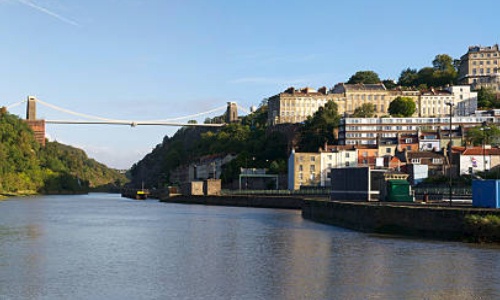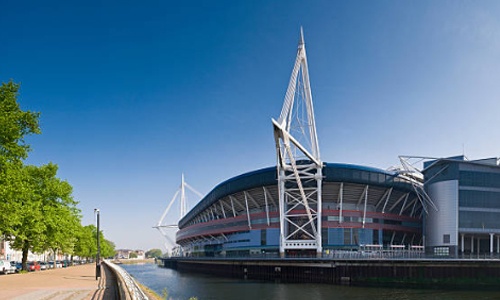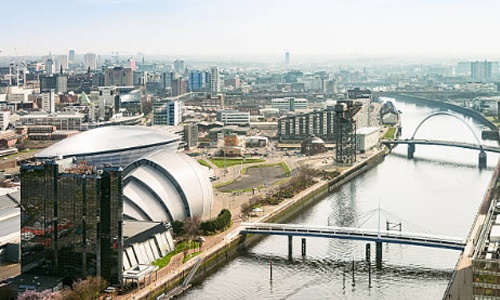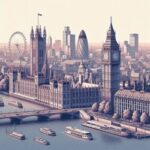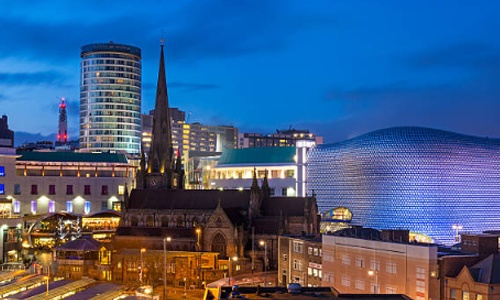
Birmingham, United Kingdom
From a medieval market town, Birmingham developed in metalworking, leather and wool. With a number of natural advantages, which have driven its growth in the past; its location in the centre of England and its place in the middle of a growing network of medieval routes; nearby coal and iron deposits, and good waterways providing power for water mills. The growth in the canals, the development of rail across the UK impacted strongly on Birmingham. In the early 1900’s Birmingham became the centre of Car production in the UK, with a number of Private companies (Rover, Morris, Jaguar, Land Rover) merging to form the British Leyland Motor Company. Birmingham’s skill force in the industry has kept the industry in the area: Jaguar Land Rover have a large presence. In 2016 the world’s largest automotive supply chain trade show was held in Birmingham’s large Exhibition Centre the NEC. The venue, its location and the exhibition show the importance of Birmingham today. The NEC, opened in 1976 is the UK’s top venue, hosting more than 500 events a year, it is by far the largest in the UK, with ample parking and excellent transport routes. Birmingham has three world class universities and other tertiary colleges, attracting students from around the world. There is cultural diversity; more than 40% of its population is non-white, British or otherwise. Transport routes remain excellent, with road, rail and air routes to national and international destinations. Its International Airport, easily accessible from the city, is the UK’s seventh busiest airport, with over 9 million passengers a year, and now served by Emirates A380’s to the Middle East. Birmingham has a diverse list of top employers, ranging from Transport Services (National Express), Supermarket Head offices (Sainsbury’s), Food and Confectionery, Business and Financial Services, as well as automobile industry, and metal working industries. Business and Financial services and tourism are the more important industries. 256,000 people live and work in Birmingham, and around 300,000 in the Greater Birmingham area. 50% of the population of Birmingham are qualified at NVQ 3 and above; these statistics indicate a qualified and mobile workforce in the City. With an important place in the UK traffic system, and the UK’s largest exhibition centre, with a still thriving automobile industry the future for Birmingham should be bright. It has a mobile and qualified and skilled population. Concerns of the effect of “Brexit”, largely in the automotive sector; however, there is little reason why the city should not prosper with ties to the rest of the world. The population connections with India and the Middle East should provide a solid backdrop against which trade and expertise can be transferred to those areas. The key universities offer attractive study and research centres, supported by a regional policy to develop research and led by Aston University. Research thrives in medicine, engineering and life and health sciences; the diverse structure of the city’s industry should provide a good spring board for future growth and further diversification.






